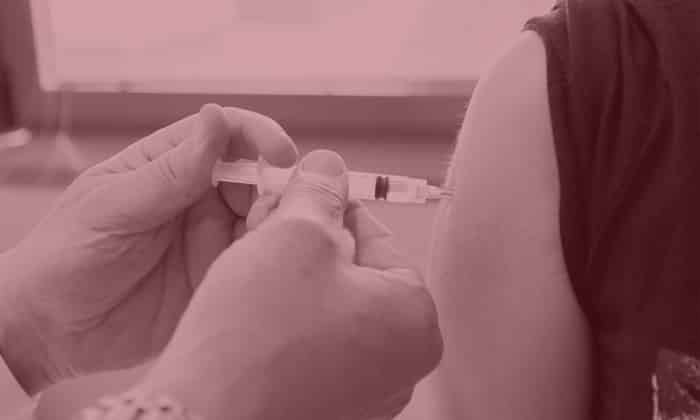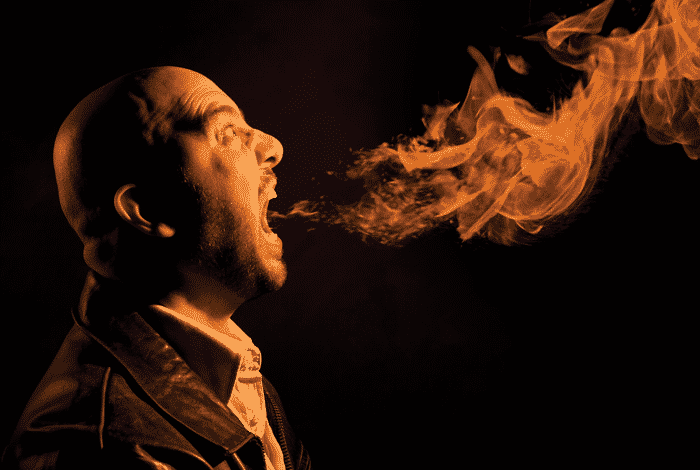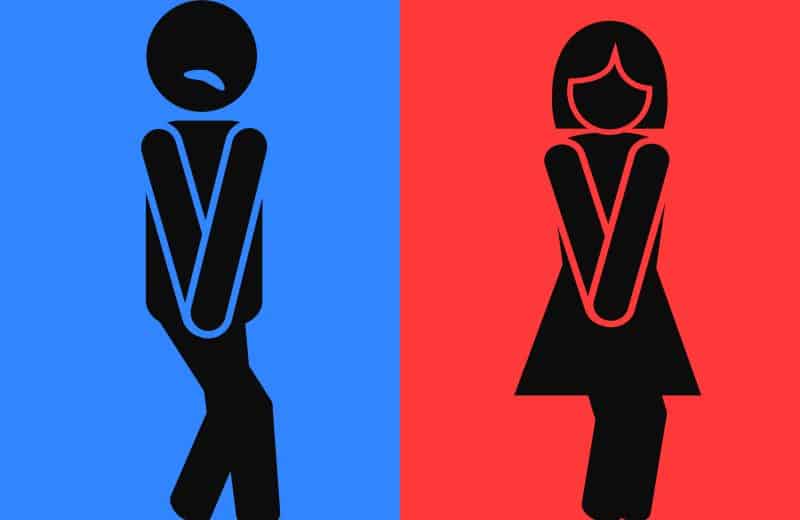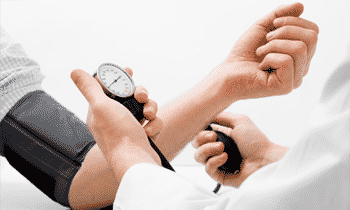When an ambulance took a family member to the hospital some time ago, I grabbed all his medications so I could show them to the medical staff. I was glad I had the small notebook I always carry in my purse, because I could write down the names, specialties and contact information of the doctors who came to examine him. I also wrote down his room number and all the questions that popped into my mind, because I knew that in the state I was in, my memory would most likely fail me.
During the first day he spent in the hospital and in the days to come, I felt like I was in a foreign country. I had to learn the customs and language of the hospital and quickly get to know people I had never met before. I had a hard time keeping my wits about me during that stressful time, and patients can be even more disoriented.
“Hospital patients can be overwhelmed because they are struggling with their own illness, and they are in an unfamiliar place. [There’s] constant traffic of people coming in and out of their room asking them questions,” says Cynthia Barnard, vice president of quality at Northwestern Memorial HealthCare.
Helping ease the stress
Northwestern provides a patient orientation checklist to help patients and their family navigate the unsettling circumstances. It certainly would have helped me. The checklist breaks down the basics for keeping the patient safe, such as calling for help before getting out of bed to prevent falls. It helps patients and relatives feel empowered and like they’re part of the care team, Barnard says.
Northwestern also provides patients with a welcome folder that has space for them or family members to jot down thoughts and questions, the way I did in my notebook. Barnard recommends that all patients also have on-hand an updated list of medications they’re taking.
In the days after surgery I got to know the nurses, who bring such an essential human touch to the medical setting. When they had a few minutes to chat, I told them a few things about my family member so they would see him as an individual rather than just another chart.
I brought in some of my family member’s favorite foods, as well as his smartphone so he could check emails. “Bringing in food is a very loving thing to do, and many family members do that after checking with the nurses about diet restrictions,” Barnard says. “It’s very helpful for patients to have a loving, caring family member with them a good deal of the time to entertain them, comfort them and share in the decision-making if they don’t have a formal advance directive.”
Getting everyone on the same page
Northwestern isn’t the only hospital providing patients and their relatives with helpful directives. The University of Chicago Medicine offers checklists on its website with important instructions and information during the time leading up to surgery, on the day of the operation and during the recovery period.
“The shock of needing a procedure and all the ramifications becomes stressful in and of itself, so the website gives patients and family members a chance to ease into it,” explains Vivek Prachand, MD, executive medical director for procedural quality and safety at University of Chicago Medicine.
Prachand says that it’s helpful for patients to have relatives present, but often it can be difficult for family to understand how post-surgical pain is managed. “They don’t want to see their loved ones in pain, so they might want them to have more pain medication,” he says. “We have to explain that in the context of the opioid epidemic, we use strategies to use less opioid medications. The goal is not to eliminate discomfort but to give enough medication to take the edge off so the patient can be mobile after surgery, which is necessary for a good recovery.”
The day my family member was going to be discharged, we were ready and eager to go but found ourselves in a holding pattern, waiting for the doctor who had to sign the necessary papers. “Discharge is one of the most confusing times because the nurses have a lot of instructions to go over with the patient, and you have to wait for the doctor or the pharmacist or medical equipment,” Barnard says. “The ideal is a well-planned, well-organized discharge, so we try to keep it orderly and thoughtful so patients are relaxed and ready to take care of themselves.”
I know how valuable a hospital checklist would have been for me during that time. If you have a family member in the hospital, remember that you can find a variety of helpful ways to work as a partner with the medical team in the care and treatment of your loved one. You can also provide the essential emotional support that makes a hospital stay less stressful.












